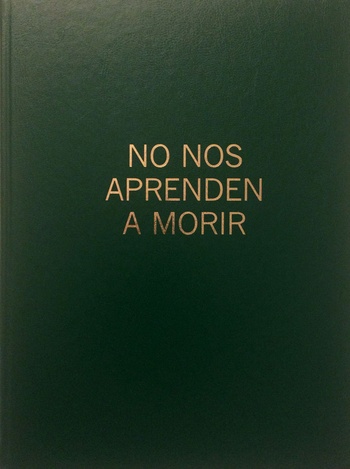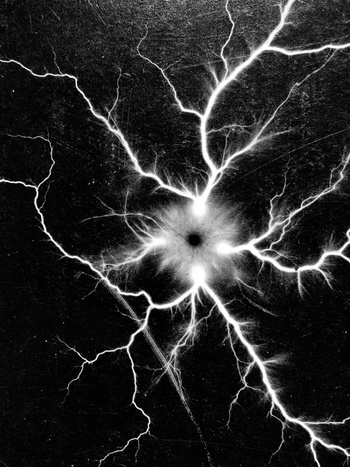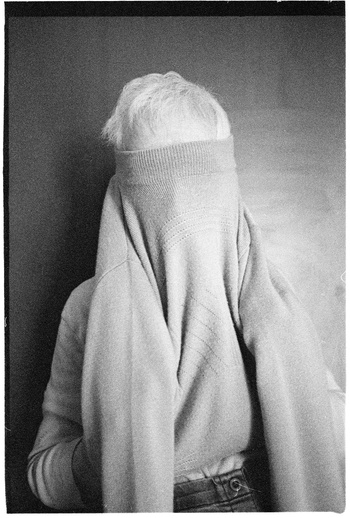In his second book, Brussels-based photographer Antonio Jiménez Saiz explores his mother’s memory as it is erased a little more every day. It was a chance for the two to meet each other for a second time.
In his second book, Brussels-based photographer Antonio Jiménez Saiz explores his mother’s memory as it is erased a little more every day. It was a chance for the two to meet each other for a second time.

Antonio Jiménez Saiz: No nos aprenden a morir
No nos aprenden a morir, the title of Antonio Jiménez Saiz’s new photo book, means “They don’t teach you how to die” in Fragniol, a hybrid language combining French and Spanish created by successive waves of immigration during the twentieth century. Jiménez Saiz’s mother suddenly sprang that statement on him during a visit to the care home in Brussels where she stayed once she started losing her memory.
This death that they don’t tell us about, and against which we are so helpless, the decisive moment in which we cease to exist in the world and return to nothingness, the Brussels-based Spanish photographer decided to capture it in black and white as it progressively ate away at his mother. Its copper-green cover with gold lettering makes No nos aprenden a morir look like an old Spanish passport, containing an identity that is on borrowed time. One consumed by memory loss, of course, but no less alive and vivid.

Playground
Jiménez Saiz’s use of expired film evokes this erasure with poetry. Erasure of the memory but also of the self. That inexorable process that separates the awareness of impending death from obliteration itself. That makes us ghosts of our former selves. “It’s not death that I’m showing, but the death of the mind,” says Jiménez Saiz. “What is our last second worth? And, above all, what is it worth once our memories are gone?” Even more abstract, some of the images suggest the neurological landscape of a person losing their memory, while others reveal a mystical, profoundly symbolic dimension. “When we die, we become one with the universe.”
In order to immerse himself in his mother’s present and immediate reality as best he could, Antonio Jiménez Saiz limited his artistic scope to the small room she occupied in the care home and the garden surrounding the building. This given domain was quickly transformed into a playground. Mother and son reinvented themselves in this new environment. “I hadn’t seen her in a long time. It was a way of getting closer to her, sensitively. They don’t teach you how to die but they don’t teach you how to be good parents either,” says Jiménez Saiz. “‘Did we love each other?’ she asked me one day. It’s as if her memory loss had erased the modus operandi that had always connected us. I allowed myself to embrace this new relationship.”

A mother for all
The resulting shots are playful, “mischievous” according to the photographer. The protagonist offers herself to her son’s gaze without ever revealing her own, as if she kept escaping him. “Her face never actually appears because I’m dealing with themes beyond my subject. At the end of the day, we all have a mother. In this work, I alternate constantly between the individual and the universal. Anyone is welcome to find a part of their own truth in this intense, profound, and authentic relationship,” says Jiménez Saiz, concluding that “We didn’t make up for lost time, we didn’t resolve anything. But, through this book, my mother and I were able to live together a little.”
> Antonio Jiménez Saiz: No nos aprenden a morir. Self-published, 72 p., €38,00
Read more about: Shop , Photography , photobook
Fijn dat je wil reageren. Wie reageert, gaat akkoord met onze huisregels. Hoe reageren via Disqus? Een woordje uitleg.